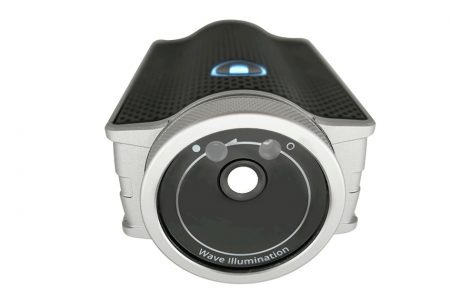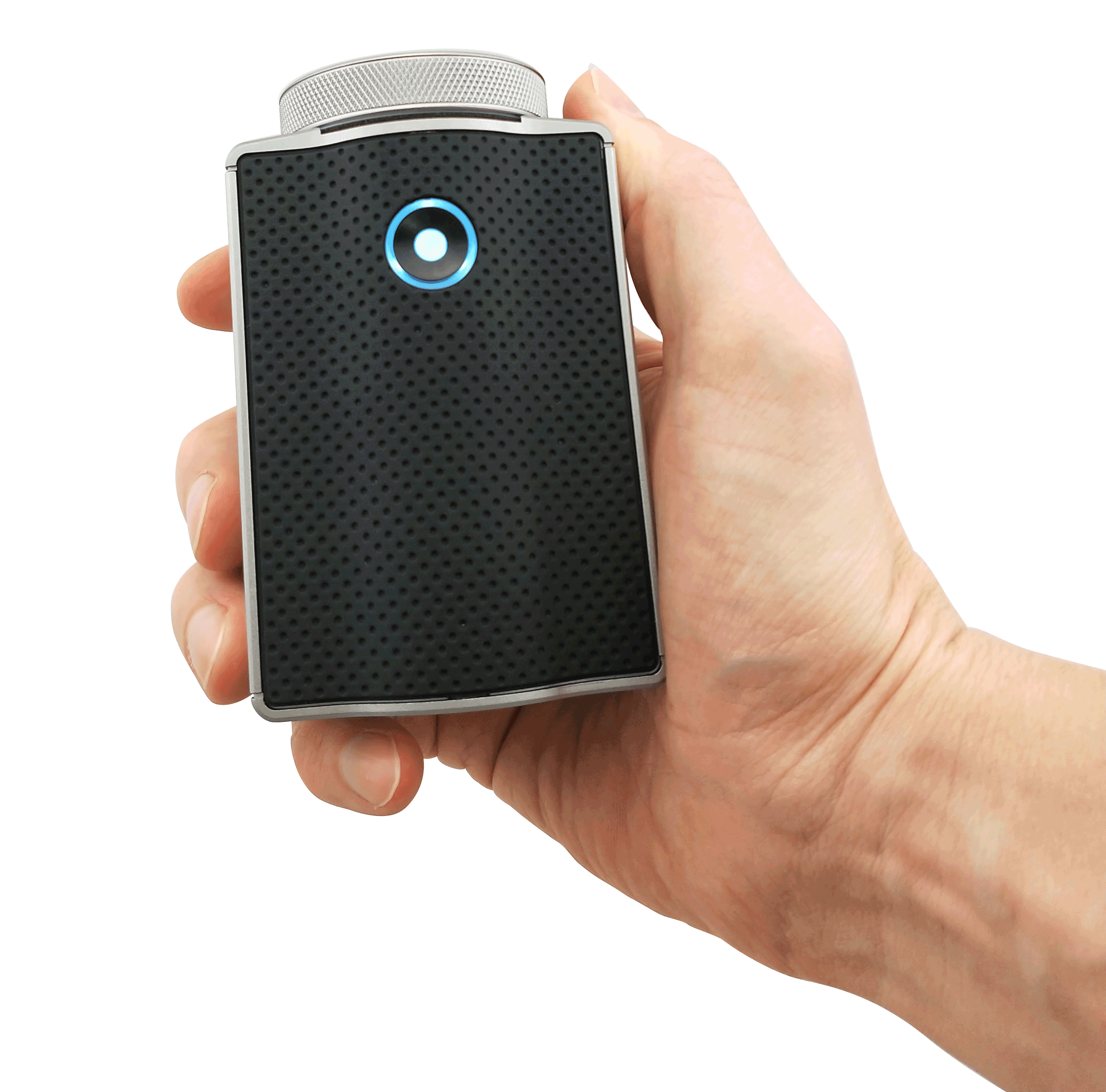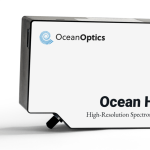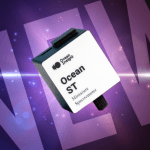WaveGo is a straightforward and accurate handheld tool for characterizing light. Connect the WaveGo wirelessly to your smartphone, download the easy-to-use app, take a measurement, and log your results. It is easy as it sounds! We have already published an article introducing this device to the market, it’s time to look deeper.
WaveGo applications
Understanding light beyond a simple lux measurement will help harness its power to unlock hidden value. From compliance to efficiency, from wellbeing to design, applying spectral knowledge can improve our lit environment. 1. COMPLIANCE. Regulation is a fact of our modern lives. Regulation within the lighting space is no exception. With laws governing lighting standards for interior and exterior spaces, during the day, and at night, compliance is imperative.
1.1. Health and Safety
Laws governing the health and safety of building occupants exist to prevent accidents. The level of light required for a stairway may vary widely from that required for an emergency light. Large regulatory bodies like the Health and Safety Executive describe minimal illuminance level and color rendering standards within residential and commercial buildings. Required measurement parameters:
- Correlated Colour Temperature (CCT)
- Intensity (Lux)
1.2. Office Regulations
Individuals must have the right type of light, and enough of it, to effectively and efficiently go about their work to maintain optimal productivity. Organizations like the American National Standards Institute outline lighting fixtures guidelines for both indoor and outdoor workplaces. Required measurement parameters:
- Correlated Colour Temperature (CCT)
- Color Rendering Index (CRI)
- Intensity (Lux)
2. EFFICIENCY. Lighting makes up 20-40% of the energy consumed in a building and is the primary fuel which helps plants grow. Being able to control lighting conditions can have huge impacts on both building and plant output efficiency. 2.1. Daylight Harvesting
Daylight harvesting utilizes natural daylight to supplement the artificial lighting used in space. Very simply put, when the sun is out, the lights are dimmed, and vice versa. Lighting conditions are kept consistent for occupants, but buildings consume less energy, reducing your energy bill and carbon footprint. Required measurement parameters:
- Intensity (Lux)
2.2. Horticulture
Photosynthetic Active Radiation (PAR) light supports photosynthesis, with different plants needing different amounts of PAR light at different stages of growth. Customizing PAR light for individual crops using LED arrays has been shown to increase yields and enhance nutritional value. Required measurement parameters:
- Photosynthetic Active Radiation (PAR)
3. WELLBEING. Light has a complex, unseen effect on the human body. It defines our circadian rhythms and influences our mood, emotions, and cognition. Optimizing artificial light can avoid all of the potential negative impacts while providing benefits that contribute to our sense of health and wellbeing. 3.1. Human Centric Lighting
Human Centric Lighting (HCL) is designed for the visual, emotional, and biological well-being of humans. By mirroring the changing color temperature of the sun, artificial light can help correct our circadian rhythms. Installing HCL systems can increase workplace productivity, accelerate hospital patient recovery rates, improve sleep quality, and boost focus in classrooms. Required measurement parameters:
- Correlated Colour Temperature (CCT)
- Intensity (Lux)
3.2. The WELL Building Standard
The International Well Building Institute aims to improve human health and well-being in buildings through its WELL Building Standard. To comply with the light section of the standard, spaces must meet 8 criteria based on lux, equivalent melanopic lux (EML), and color rendering index (CRI). Required measurement parameters:
- Colour Rendering Index (CRI)
- Equivalent Melanopic Lux (EML)
- Intensity (Lux)
4. DESIGN. Light is a key stimulusthat can influence our mood, feelings, and decision-making. Being able to control lighting through design can have a huge impact on ambiance.
4.1. Retail Psychology
Purchasing behaviour is dictated by the retail environment. People are drawn to light, and their emotion and mood can be influenced by the lighting conditions of a retail space. Intentionally controlled lighting can lead a customer towards a product, display its true color, and create the ambiance for a purchasing decision to be made. Required measurement parameters:
- Correlated Colour Temperature (CCT)
- Colour Rendering Index (CRI, TM30)
- Intensity (Lux)
4.2. Tunable White
Tunable white LED arrays allow users to dynamically alter the color temperature of a space. With this new technology, light can easily be adjusted based on the time of day, the function of the room, or the desired ambiance. Required measurement parameters:
- Correlated Colour Temperature (CCT)
- Colour Rendering Index (CRI)
Would you like to test a free demo unit? Contact Us for more details or read more case studies here.




